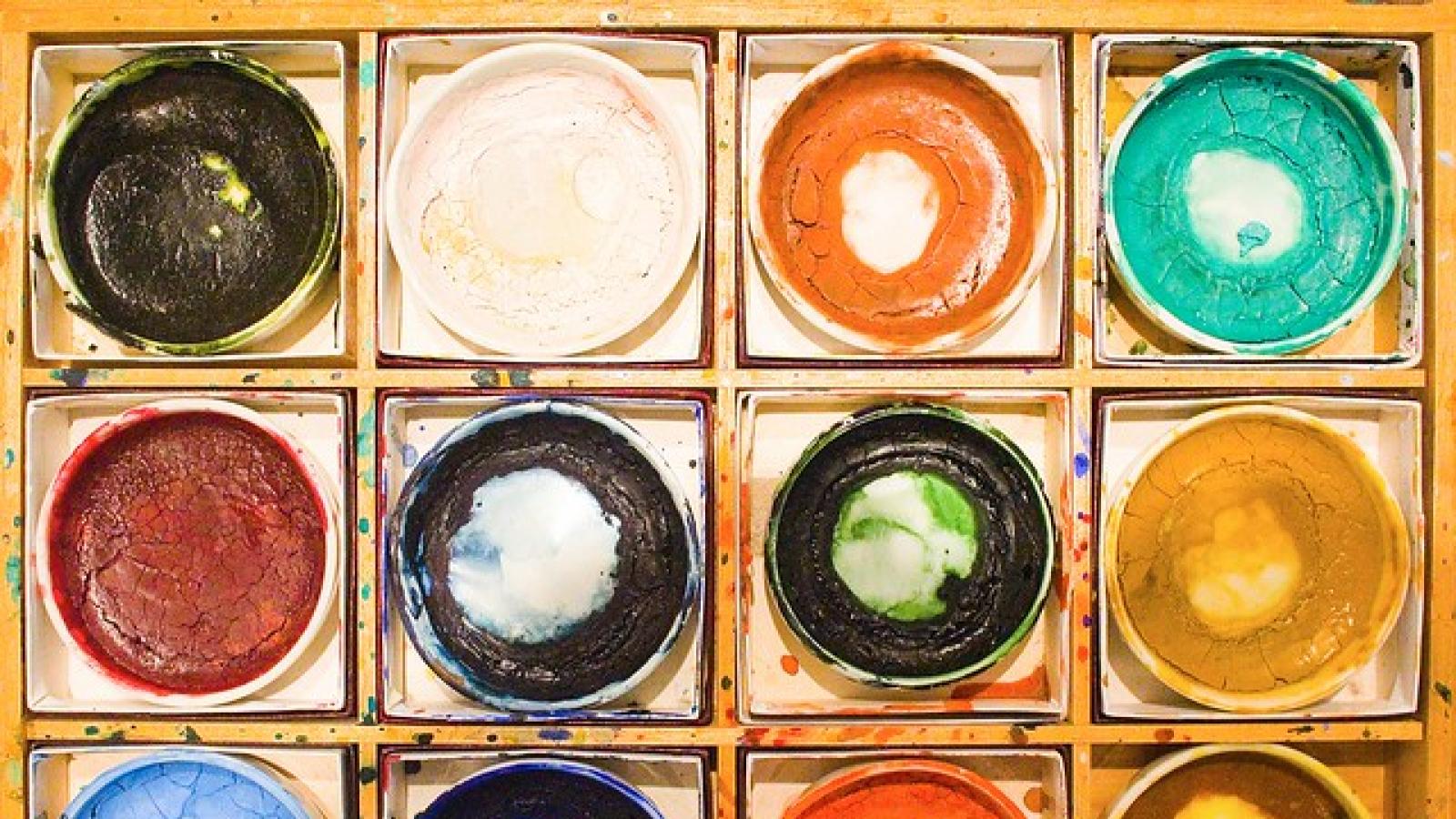Spring Grant Spotlight: Healing Cherokee Foster Children through the Arts

As in many Native cultures, the Cherokee community often uses the terms “uncle” and “aunty” when talking to any elder, blood-related or not. It symbolizes that tribe represents a family larger than one’s biological relatives, and that whoever you are, or whatever your circumstances, you always have a home in your community.
This is the message instilled in Cherokee foster children through a new healing arts program at the Cherokee Arts Center in Tahlequah, Oklahoma. A partnership between the art center and the Cherokee Nation’s Indian Child Welfare department, the program was recently awarded a National Endowment for the Arts grant, which will support weekly art classes and one-on-one art therapy sessions for 55 foster children over the course of 11 months. The NEA has awarded nearly $5 million to healing arts projects throughout the past decade.
Throughout the program, children learn traditional Cherokee art forms and Cherokee history, including painful episodes like the Trail of Tears. This history emphasizes to children that although their ancestors may have come from similarly fractured families, whether because of death or forced separation, they found a way to prevail by relying on their tribe. “We’ve always been a people whose history is that our immediate family is not our only family,” said Matt Anderson, a Cherokee cultural specialist and art teacher who leads the healing art classes. “Even though [participating foster children] may be in a situation where their biological family is not a functional one, they have something deeper and stronger when they realize that they are connected to a Cherokee community, and not just the terrible environment that they come from.”
Anderson teaches children all manner of art forms and techniques, from basketweaving and pottery to painting and drawing. The classes frequently visit a creek near the art center and learn how to identify indigenous plants, which they then use to weave baskets, for example, just as their ancestors did.
By learning traditional art forms, children not only become more deeply grounded in their culture, but they begin to see themselves as Cherokee culture bearers, both of which help them build a stronger, healthier identity and sense of self. They learn that “their struggles don’t define them,” said Shay Smith, who manages the healing arts program for the Cherokee Arts Center. “You have a larger sense of purpose. Look at what your ancestors have overcome. This is who you are. This is where you come from. This is who you can be.”
At the same time, children are also told—perhaps for the first time—that they are creative, imaginative, and talented individuals. “There are a lot of kids that are raised with constant negativity: ‘You’re not good enough.’ ‘You’re an after-thought.’ ‘I wish you hadn’t been born,’” said Anderson. “It’s just frightening what children have heard and endured. But then when they actually are able to create something that they can find pride in—there’s just nothing like that. It does help them heal, there’s no doubt about that.”
In addition to the group classes, which meet with three to four children at a time, every child meets individually with an art therapist. For victims of trauma, art therapy can provide a platform to express and process experiences they might be unable or unwilling to verbalize, and can be a powerful tool in terms of learning healthy forms of communication.
“We teach them acceptable means of releasing stress and tension,” said Anderson. “Maybe you take a ball of clay and you press all the air out of it and you slap it into an upright position and then you smash it back down again.” Children are also invited to create self-portraits at the beginning and end of the program, which lets them see how much artistic progress they’ve made, and possibly, how their own self-image has evolved. “That beam that lights up their eyes [when they see their progress]; to me, there’s nothing greater than that,” said Anderson.
Anderson is hopeful that the program will lead to a healthier future for participating children, both in the short- and long-term. “This program not only helps the children that we are working with, but it also helps them become better parents, because they learn communication and ways to re-direct aggression and anger and pain. So hopefully, cycles are not repeated.”
Anderson’s only regret about the program is that it isn’t in every community, helping children—Native or otherwise—begin to realize their own value and potential. “Art as therapy is just the greatest way to heal,” he said. “You’re able to heal yourself on the inside, but you’re also able to create beauty in this thing you made with your own hands. You—who someone said was worthless, who beat you, who has done horrible things [to you]. Yet still you’re able to create this thing of beauty.”




